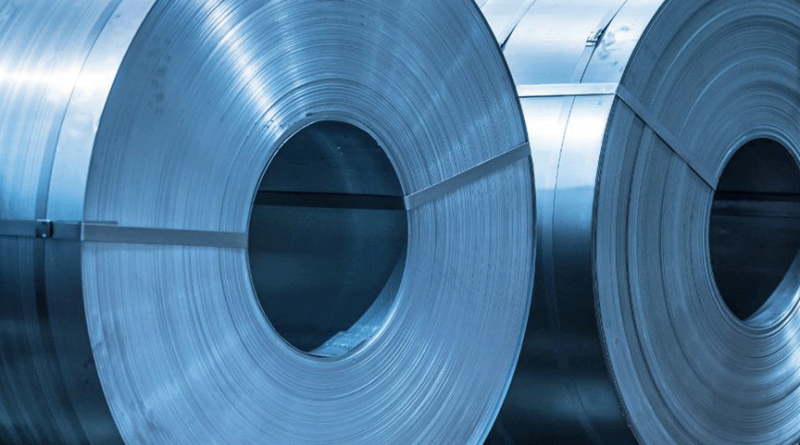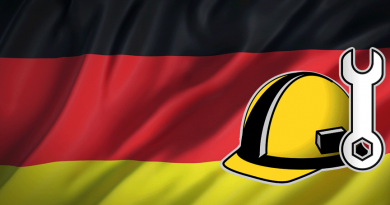The EU should moderate its steel protection plan
Ignacio García Bercero is a Senior Fellow at Bruegel
On 7 October, the European Commission proposed a 50% tariff on steel imports into the European Union that exceed a certain quota, while cutting the duty-free quota by 47%. The tariff would replace a ‘steel safeguard’, which was introduced in 2018 and will expire in mid-2026.
The safeguard was a response to the diversion of steel into the EU market because of global incapacity and the introduction by the first Trump administration of a 25% steel tariff. Under the safeguard, the EU sets a quota on steel and levies a tariff of 25% for imports that exceed it. The new proposal would thus significantly increase tariffs and cut back the overall level of imports.
Safeguard measures under World Trade Organization rules are allowed in order to remedy serious injury and facilitate adjustment. There may well be a case for avoiding disruption in steel markets once safeguards expire, but it is questionable whether this justifies substantially increasing the level of protection, or whether high tariffs on all steel imports (regardless of carbon content) are consistent with the objective of promoting the sector’s decarbonisation.
Furthermore, increased tariffs might undermine the competitiveness of downstream industries or prompt a broader increase in tariff protection in the EU and elsewhere.
The steel overcapacity problem continues to exist and the Trump administration has now increased the level of protection for the American steel sector by eliminating quotas and product exclusions, increasing US steel tariffs to 50% and applying increased tariffs to products with significant steel content. Canada and Mexico have already responded, introducing tariffs that to a certain extent mirror the US levies.
At a time when the EU needs to be seen as a reliable trading partner, a decision to ignore its FTA commitments should not be taken lightly
To ensure consistency with the WTO, the Commission says the EU can rely on Article XXVIII of the General Agreement on Tariffs and Trade (GATT). This allows for an increase in tariffs provided that the balance of mutually advantageous concessions is maintained. Its application is legitimate under the WTO framework, which recognises that as circumstances change, tariff concessions may need to be adapted.
However, the application by the EU of high tariffs to all steel imports, and the intention to cut quotas, suggest that compensation claims will be substantial and negotiations difficult.
A particularly problematic aspect of the Commission plan is that the new tariffs would apply to countries that have free trade agreements with the EU. GATT Article XXVIII only relates to increases in general tariff rates and provides no justification for departing from duty-elimination commitments under FTAs.
While FTAs include bilateral safeguard provisions, these would not justify automatic application of a quota after the expiry of the WTO safeguard. The Commission proposal therefore implies a breach of all the FTAs the EU has with third-country steel suppliers, and a major obstacle to concluding negotiations with steel exporters such as India.
At a time when the EU needs to be seen as a reliable trading partner, a decision to ignore its FTA commitments should not be taken lightly. This goes to the core of the EU’s role in the global trading system and its interest in ensuring that the rule of law is respected.
After all, if the EU ignores its international commitments in a critical sector, what would prevent the EU’s FTA partners from increasing tariffs on any sector they consider sensitive? Since many developing countries have high tariff bindings, or agreed ceilings that tariffs will not exceed, they could increase tariffs on EU exports without even following an Article XXVIII procedure. But more fundamentally, what makes Europe an attractive partner is its readiness to play by the rules.
The objective of reducing duty-free steel imports by 47% cannot be reconciled with the objectives of avoiding major compensation claims in WTO negotiations and of respecting FTA commitments. Nor is it necessary to prevent market disruption once the safeguard is lifted.
A more reasonable objective would be to maintain import penetration at the 2024 level, and to justify this as a modification of the tariff binding, so that negotiations can continue between major steel suppliers to reduce overcapacity in a manner consistent with decarbonisation objectives.
The increased tariffs should not apply to low-carbon steel or steel inputs that contribute towards decarbonisation (eg. green iron ore). A further review of the bindings could take place after three years in order to review progress on the elimination of overcapacity.
This approach could be reconciled with safeguard provisions in FTAs and would have the added advantage of relaunching plurilateral negotiations on steel that should cover both capacity reduction and decarbonisation objectives.
This article is based on a Bruegel First Glance.




